

Project Name: Living Shoreline Training for Marine Contractors
Awardee: National Wildlife Federation
Amount Awarded: $12,872.75
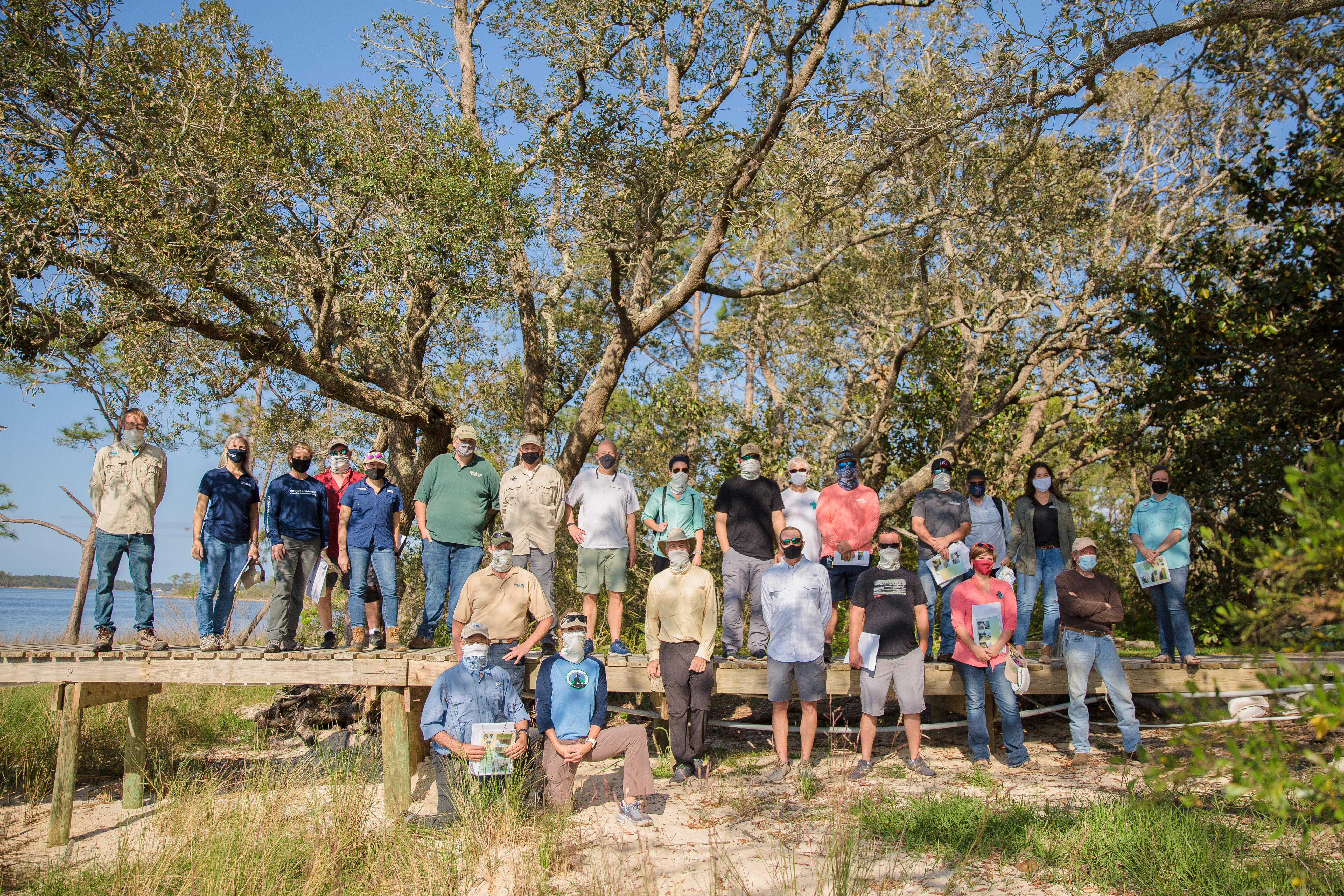
This project provided a training course for marine contractors to learn how to install living shorelines for property owners. Living shorelines are softer, greener alternatives to stabilize shorelines from erosion, sea level rise, and other damage. They protect, restore, or enhance natural shoreline habitat and maintain coastal processes through the strategic placement of plants, oyster shell, and other organic materials. Especially in the aftermath of Hurricane Sally, the community is recognizing the need for more resilient shorelines; demand for these structures is increasing, and this course offers a mechanism to increase the supply of contractors who can fulfill this demand.
Project Name: Quantifying Fish Communities on Remnant Oyster Reefs in Pensacola and Perdido Bays with Underwater Video: A Baseline for Monitoring Restoration Projects
Awardee: University of South Alabama
Amount Awarded: $18,045
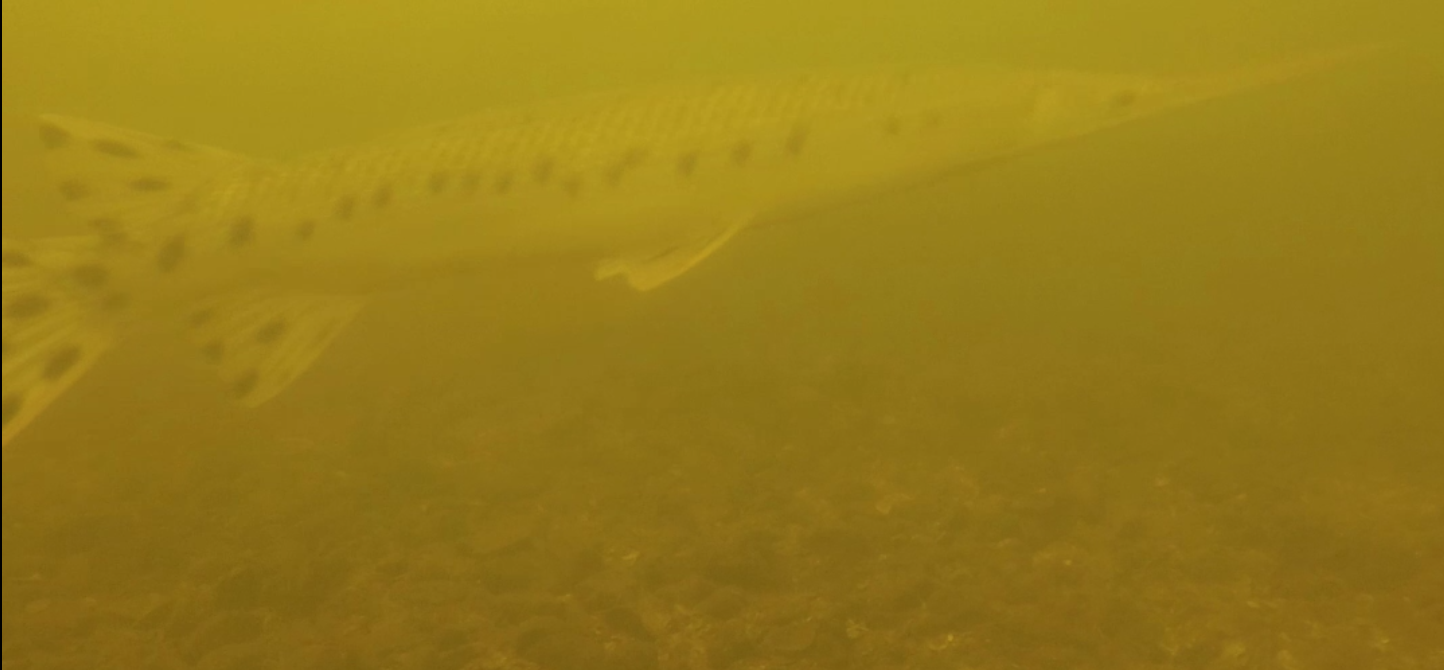
Thhis project quantified fish and mobile invertebrate communities on remnant oyster reefs in Pensacola and Perdido Bays using underwater video. Monitoring fish communities can provide important information on the health of aquatic ecosystems, and the impacts of changes in the watershed. The data collected will provide a baseline for monitoring communities on these reefs during and after restoration efforts.
Project Name: Explore the Shore Science Show and Stations
Awardee: Pensacola MESS Hall
Amount Awarded: $5000
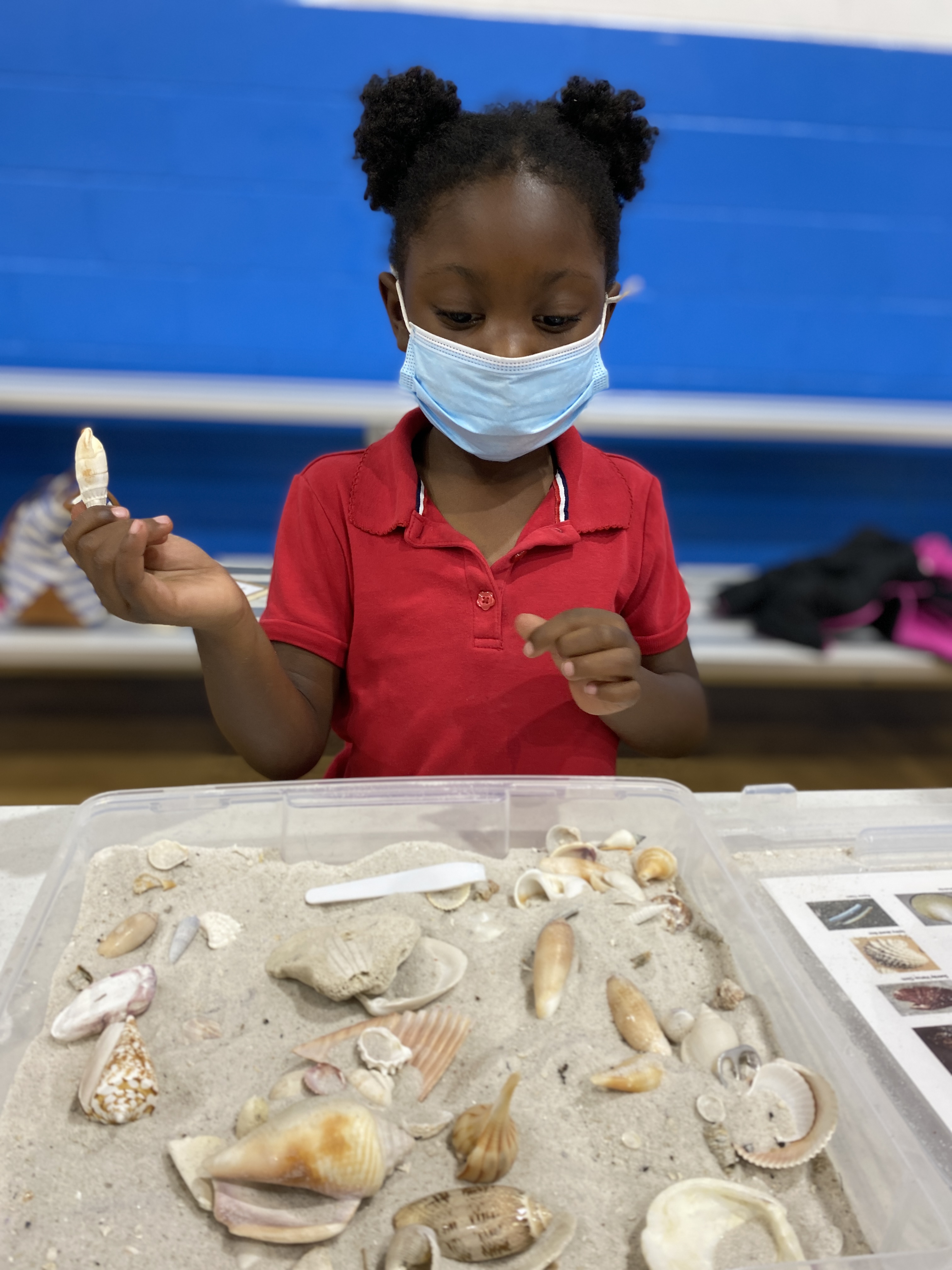
This interactive science show, followed by a series of hands on science stations, highlighted critical issues about coastal habitats and the impacts of humans in a fun, engaging way for elementary learners. The program was delivered at no cost to 25 after school venues focusing on programs that serve lower income families, targeting high need students.
Project Name: Bayou Grande and Davenport Bayou Water Quality Monitoring Program
Awardee: Escambia High School
Amount Awarded: $10,000
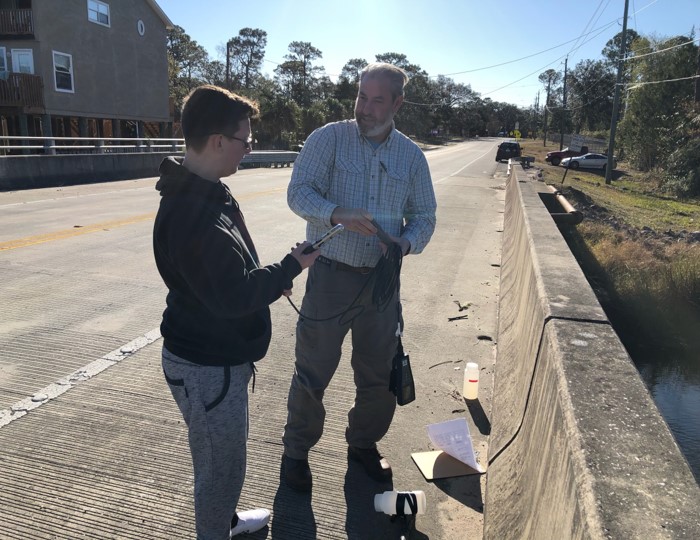
Students at Escambia High School Marine Science and Environmental Science were engaged in water quality monitoring on Bayou Grande and Bayou Davenport for the purpose of sharing the data in a GIS format with the public and local stakeholders. This project generated water quality data from four public access points starting at the western end of Bayou Grande all the way to the Eastern end including Bayou Davenport.
Project Name: Bringing Back Our Bayous
Awardee: Booker T. Washington High School
Amount Awarded: $10,000
Booker T. Washington High School Marine Science Academy students were engaged in water quality monitoring on Bayou Texar and Carpenter’s Creek for the purpose of sharing the data in a GIS format with the public and local stakeholders. This research will build on an existing 10-year citizen science water monitoring project to bring back Bayou Texar.
Project Name: A Compelling Mini-Series Featuring the Positive Social and Economic Impacts of our Waterways
Awardee: 350 Pensacola
Amount Awarded: $36,000
Ten professionally produced videos were created to document and share the positive social and economic impacts of the Pensacola and Perdido Bays Estuary System. The goal of the series are to raise awareness of these benefits while highlighting key influences, and influencers, driving the future of our waterways. The video topics include: 1) Pensacola and Perdido Bays Estuary Overview; 2) Spotlight on Key Influencers and Partners; 3) Spotlight on Science; 4) Spotlight on Environmental Protection; 5) Spotlight on Education and Outreach; 6) Spotlight on Tourism; 7) Spotlight on Entrepreneurship; 8) Spotlight on Policy and Government; 9) Visions of the Future; 10) Spotlight on How the Community Can Get Involved.
Watch the Videos
Project Name: Wintering Waterfowl Use of the Pensacola and Perdido Bays Estuary System
Awardee: University of West Florida
Amount Awarded: $13,248.89
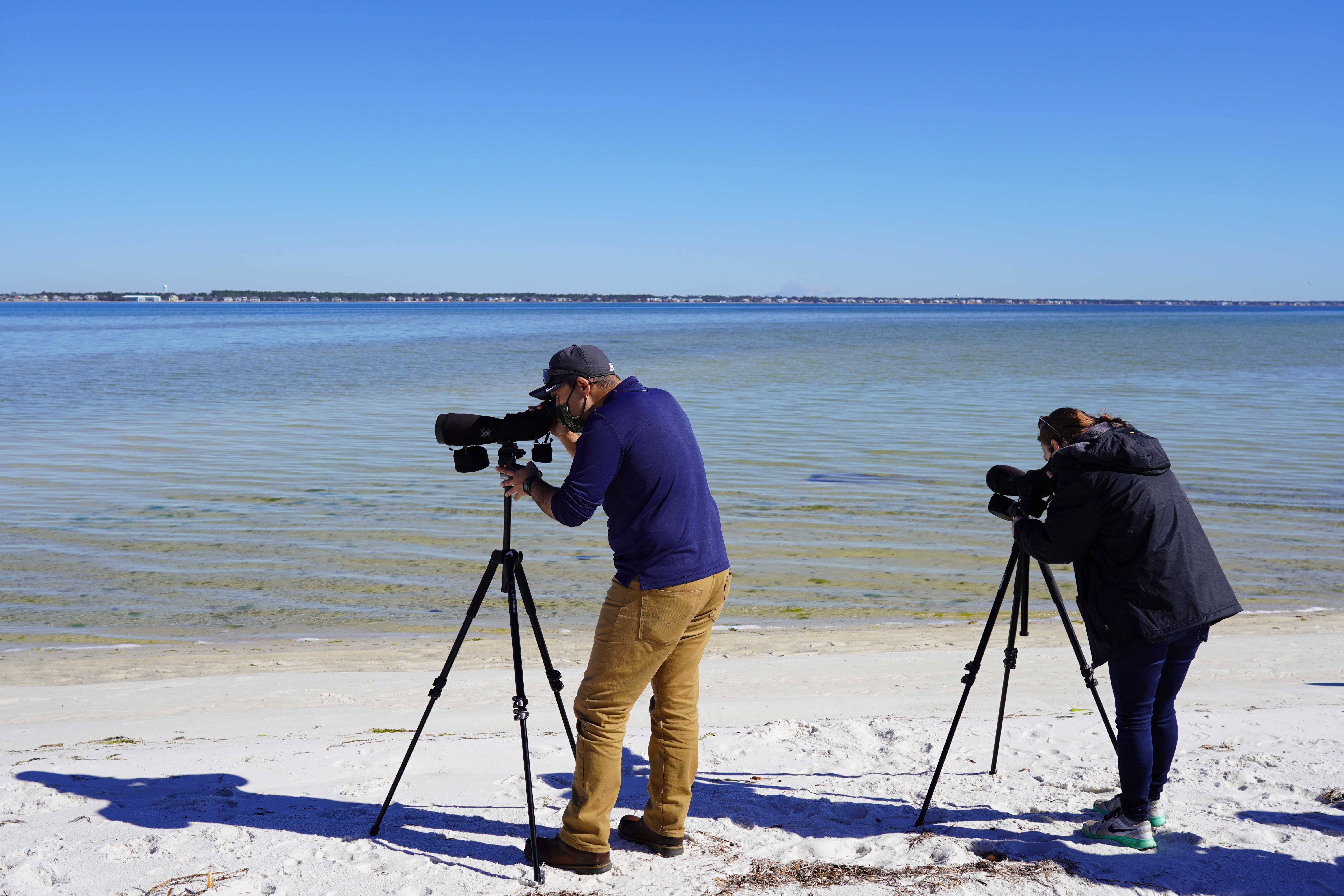
Researchers, UWF students, and volunteers from the Francis M. Weston Audubon Society collected and analyzed data from 30 monitoring sites from Orange Beach to Navarre. Year-to-year fluctuations in the local numbers of waterfowl species may correlate with any number of factors, including seagrass coverage (the primary feeding grounds for some species), human disturbance, large-scale weather patterns, or the health of other regional estuaries. Understanding these relationships will inform environmental management and conservation planning efforts for wintering waterfowl.
Project Name: Escambia Watershed Documentary Project
Awardee: Blackwater Soil and Water Conservation District
Amount Awarded: $25,620
A documentary was procuded to increase public awareness of water quality issues related to agricultural impacts within the Pensacola and Perdido Bays system watersheds, the connections between upstream activities and downstream impacts to water quality, and the proactive steps taken by a partnership of individuals to protect and improve the watershed. The documentary highlightd the work undertaken by farmers and researchers to plan and implement a variety of conservation practices related to nutrient and sediment reduction in the Sandy Hollow-Pine Barren Creek (Escambia) and Moore Creek (Santa Rosa) watersheds, which drain thousands of acres of highly productive agricultural lands.
Project Name: Increasing Watershed Responsibility Through a Local Inventory of Microplastics and Educational Community Outreach
Awardee: University of West Florida
Amount Awarded: $19,645.86
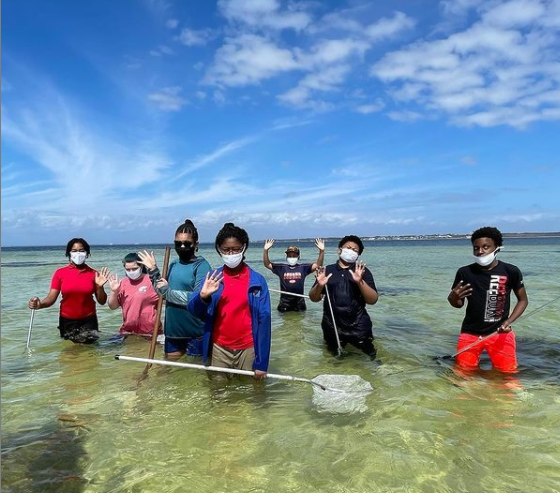
Samples were taken at 40 locations on Pensacola Bay to provide baseline data on microplastic pollution. Microplastics are plastic particles smaller than 5mm and have become a major source of pollution in aquatic environments. Dixon School of the Arts and Sciences and UWF students will help collect samples and participate in educational activities.
Project Name: Citizen Science Water Quality and Habitat Monitoring Network: A Path to Connect, Inform, and Educate for Smart Community Resiliency
Awardee: Institute for Human and Machine Cognition (IHMC)
Amount Awarded: $49,567
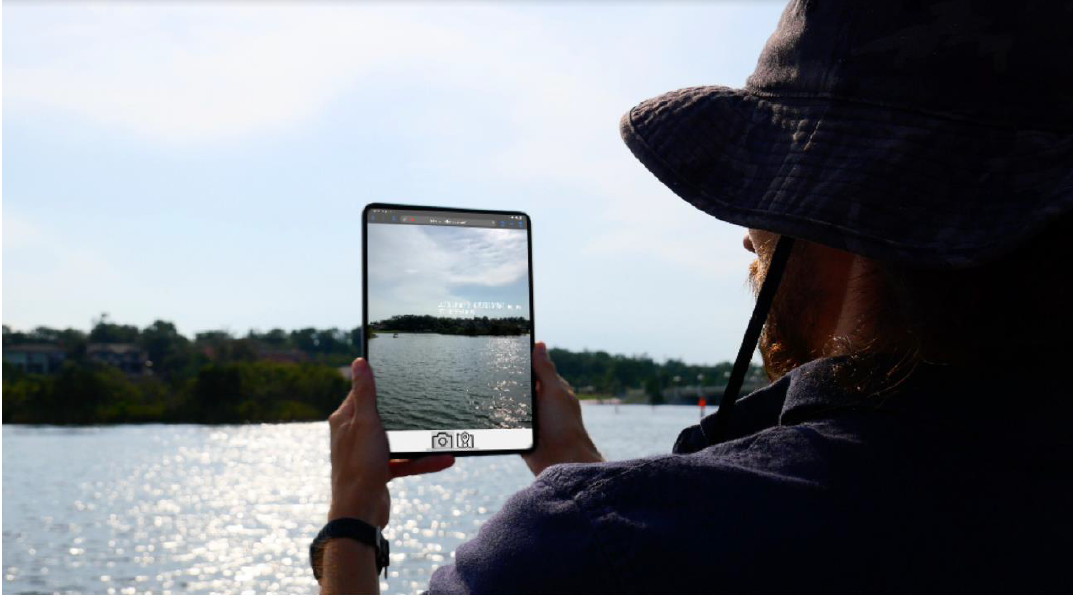
The project piloted a citizen science led community resiliency system by teaming citizens and their ubiquitous phones for Pensacola water and habitat monitoring while providing novel approaches of reporting data to help form connection, informing and education between citizens and Pensacola Bay. The project team worked to develop a software ecosystem allowing phone based water spectral fingerprint image capture, along with complementary satellite derived data, coupled to a data visualization and community resilience information system that is comprised of web-based data portal, twitter based reporting and augmented waterside augmented reality. A complimentary activity will be to explore and define a conceptual autonomous adaptive sampling network using AUV’s that can be triggered by the citizen and satellite derived data. The central goal is to enable water management information, generated by the people, toward a transparent and informed shaping of local water management policies.